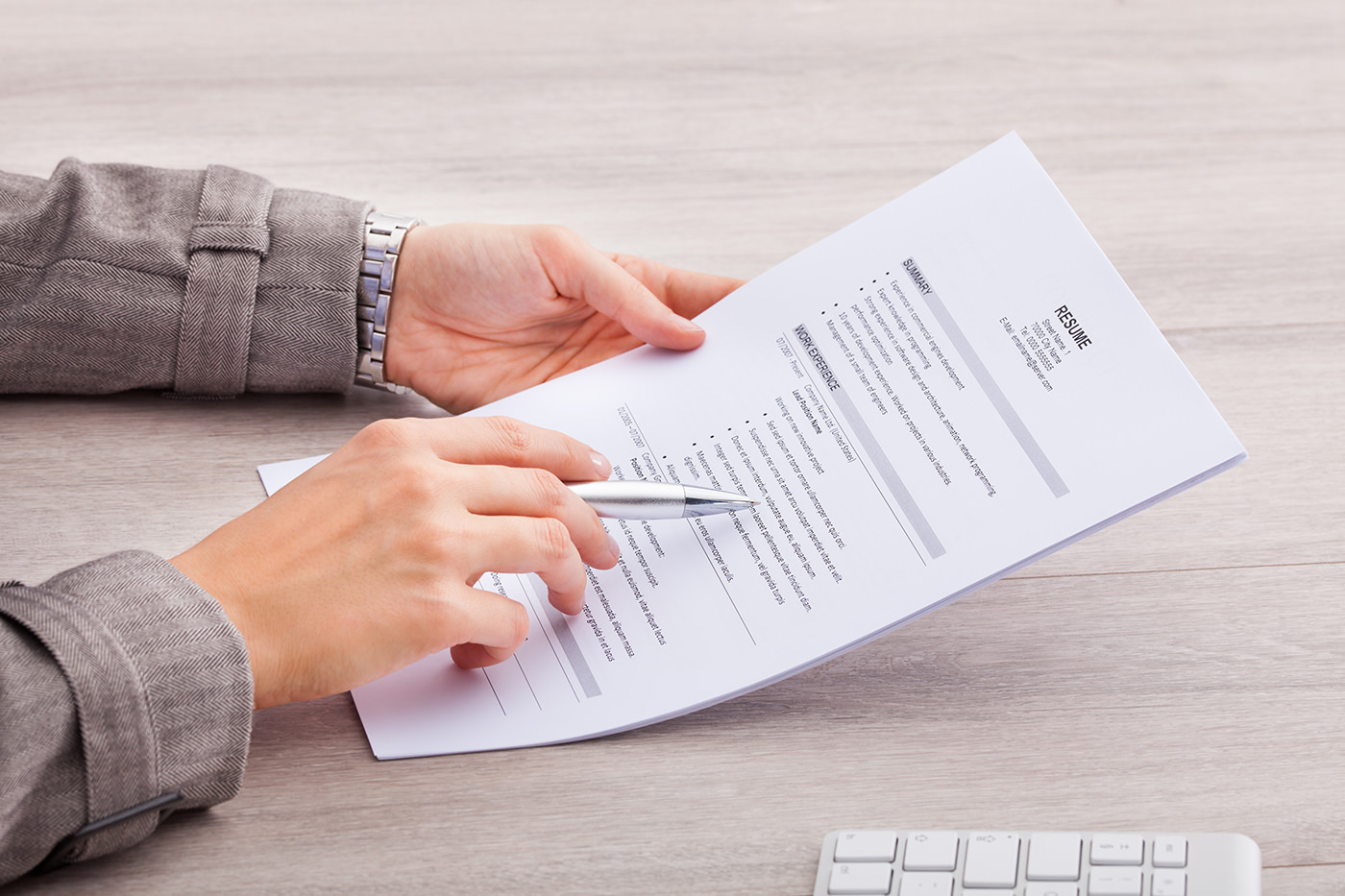Typography rules - how to make a beautiful summary

Translation of an article from the book Practical Typography , authored by Los Angeles designer Matthew Butterick. Original article at practicaltypography.com .
As a law school graduate, I passed several interviews. At one of them, the interviewer's first comment was the following: “It’s unusual to see a resume without a single mistake.”
“Are you serious?” I asked.
She replied: “Yes, about 90% of the resumes I read contain mistakes. Including resumes of top graduates. "
')
I got a job. Perhaps besides me there were even more qualified candidates, but they reduced the chances of their raw resumes. The irony is that those who really needed the interviewer's comments were not present in the room. Because they were never called for an interview.
Consider, I warned you.
This is a book about typography, not typos. But the essence is the same - when a reader is faced with a stack of identical summaries, he must draw certain conclusions in a limited time, which are not based on the contents of the summary. If you think that this is not the case, then you are mistaken. It happens all the time.
The most common problem with a resume is that the text is too dense. I think that this was influenced by the myth that the resume should not be longer than one page. Despite the employer's request for a one-page resume, you can create a two-page resume. Or more, if necessary. However, always follow the three basic rules:
- Never assume that the reader will read the second page of the summary. All basic information must be placed on the first page.
- When I say “more if necessary”, remember that you are creating a resume for an employer, not for your mother. My resume is placed on two pages. I am sure that yours will be able too.
- Students, this advice does not apply to you. You have material on only one page. Seriously.

BEFORE:
- Small indents ; too long lines .
- The main text is printed in system font (Calibri).
- Headings and gray containers are too large compared to the main text.
- Key information - where and when - is buried.
- Ugly style list .

AFTER:
- Increased the size of the main text (now the entire template is aligned to the width of the page).
- Reduced headers, but still distinguishable.
- Beautiful fonts ( equity , concourse , and triplicate ).
- Less protruding navigation and integrated into the main text.
- Colored rectangles are used with care to designate special sections.
- Free use of white space.
Keep in mind that one of the ways of a resume is to show your strengths - this is a demonstration of the connection between you - a candidate who the employer sees for the first time - and various universities, about which he most likely heard. The line of thought is: Boxer Bedley & Ball is an elite company. This man worked at Boxer Bedley & Ball. Hence this man is an elite candidate. Do not force the reader of your resume to seek out the names of former employers and the names of universities - make sure that they are clearly visible.
Resume Printing Tips
Do not be tempted to buy paper, supposedly specially created for the resume - strange colors (green, pink, gray) and textures. High-quality paper from a clerical shop is perfect. The rest of the paper will be perceived as "too and too."
Also, make sure you know how to create a pdf file . More and more employers are being asked to email your resumes in PDF format. In PDF, good typography survives; paper quality does not matter.
By the way
- If you are submitting a resume in English, then make sure that you spell the word “Résumé” correctly. " Resumé" is also valid. " Resume" is common, but not correct. How to type the character "é"? See how to properly type certain characters .
- There is nothing better than asking someone — even a few people — to edit your resume. But tell each reviewer to make at least three corrections, and not to return your resume with the words “Yes, everything seems to be in order!”
- If you are applying for a designer position, you will also be assessed by typography in your resume. To some, this may seem obvious, but I still see a lot of summaries printed with system fonts. I'll tell you a secret: enough already.
Translator's note. With all the wishes and comments about the translation, please contact me in PM. Thank!
Source: https://habr.com/ru/post/364279/
All Articles